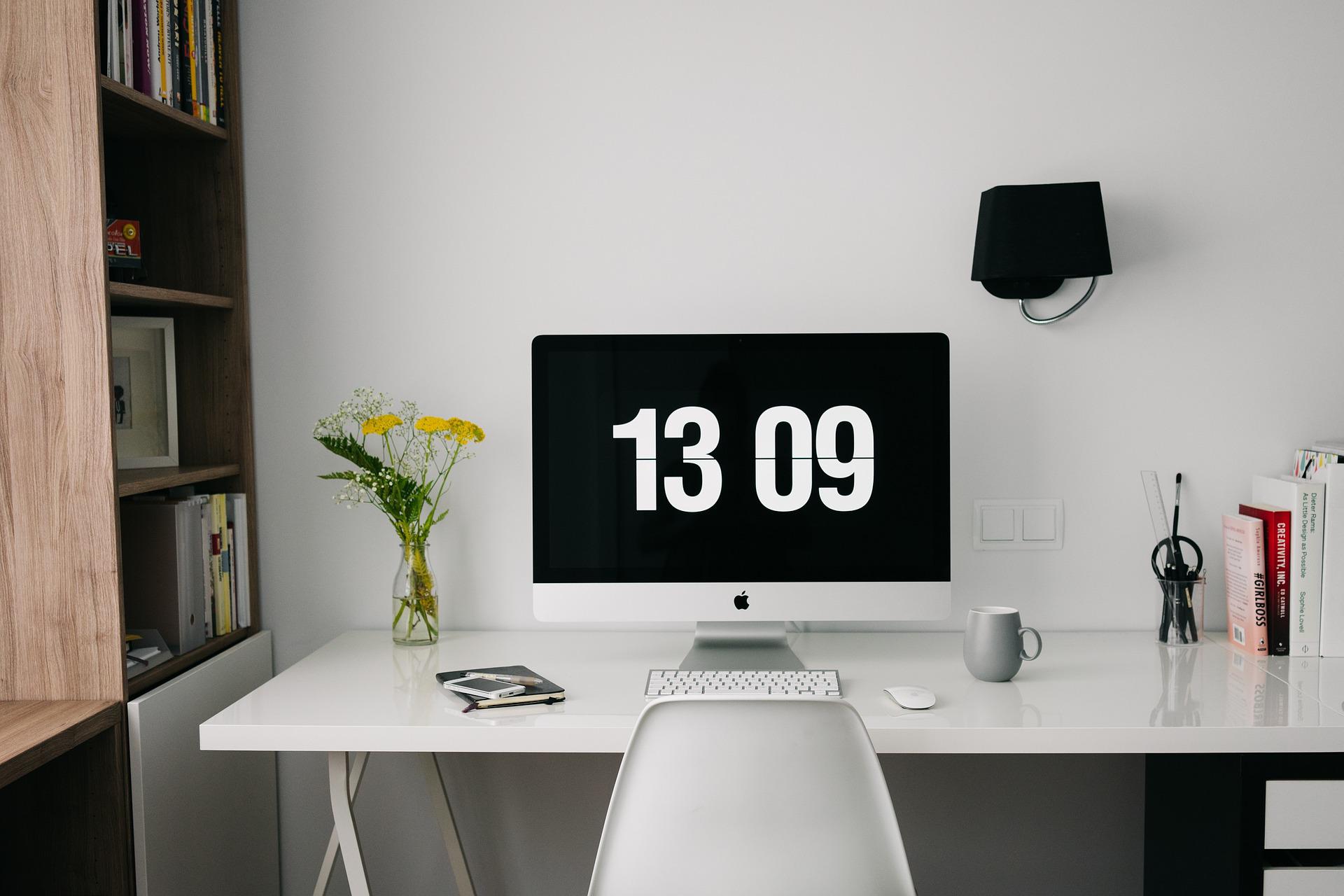Table of Contents
Designing an accessibility overlay can be a challenge, but it’s important work that helps to make the internet more inclusive for everyone. This blog post will discuss some tips and tricks for making your designs more accessible, like using tools such as accessible and Recite Me. We’ll also look at some of the common barriers that people with disabilities face when using the internet. With these tools in hand, you’ll be able to create beautiful, inclusive websites that everyone can enjoy.
Why web accessibility is important
Web accessibility is making websites and web tools accessible to people with disabilities. This includes people who are blind, have low vision, are deaf or hard of hearing, have motor or mobility impairments, or suffer from cognitive disorders.
People with disabilities often face barriers when trying to use the internet. These barriers can be technical, like a website design that is incompatible with screen readers. They can also be social, like the lack of captions on videos. And they can be attitudinal, like the belief that people with disabilities don’t use the internet or don’t need access to certain information.
These barriers prevent people with disabilities from fully participating in society. They limit their ability to get an education, find a job, access healthcare, and connect with friends and family. In short, they limit their ability to live full and independent lives.
When we design for web accessibility, we remove these barriers. We make it possible for people with disabilities to use the internet just like everyone else. And in doing so, we make the internet a better place for everyone.
The benefits of web accessibility
There are many benefits to making the internet more accessible. For people with disabilities, web accessibility can:
– Increase independence and autonomy
– Improve educational opportunities
– Expand employment opportunities
– Enhance social interactions and relationships
– Provide access to essential services like healthcare
For businesses, web accessibility can:
– Widen customer base
– Improve search engine optimization (SEO)
– Comply with laws and regulations
– Enhance brand image and reputation
Why designing for web accessibility can be a challenge
While there are many benefits to designing for web accessibility, it can be a challenge. This is because there are a lot of factors to consider, and it can be difficult to know where to start. But don’t worry, we’re here to help. Here are some tips and tricks for making your design more accessible:
Use color judiciously
Color is an important part of web design, but it should be used carefully. Some colors are hard to see, and some can even be dangerous for people with certain visual impairments. For example, red-green color blindness is the most common type of color blindness, affecting up to 12% of men. This means that colors like green and red may appear indistinguishable to some people.
When using color in your design, it’s important to:
– Use high contrast colors
– Avoid using color as the only way to convey information
– Give users the option to customize colors
Add alt text to images
Alt-text is a short description of an image. It helps people who are blind or have low vision understand what an image is. Alt-text is also helpful for people with cognitive disorders, as it can provide more context for an image.
When adding alt text to images, be sure to:
– Use clear and concise language
– Avoid using keywords or phrases
– Keep the alt text short
